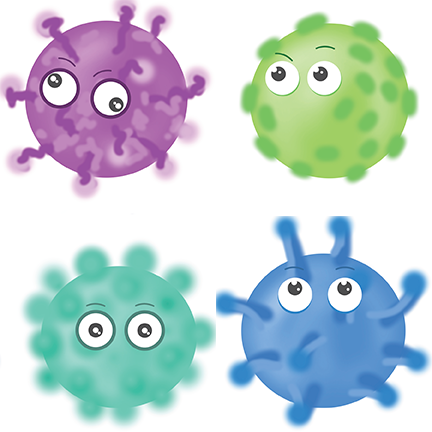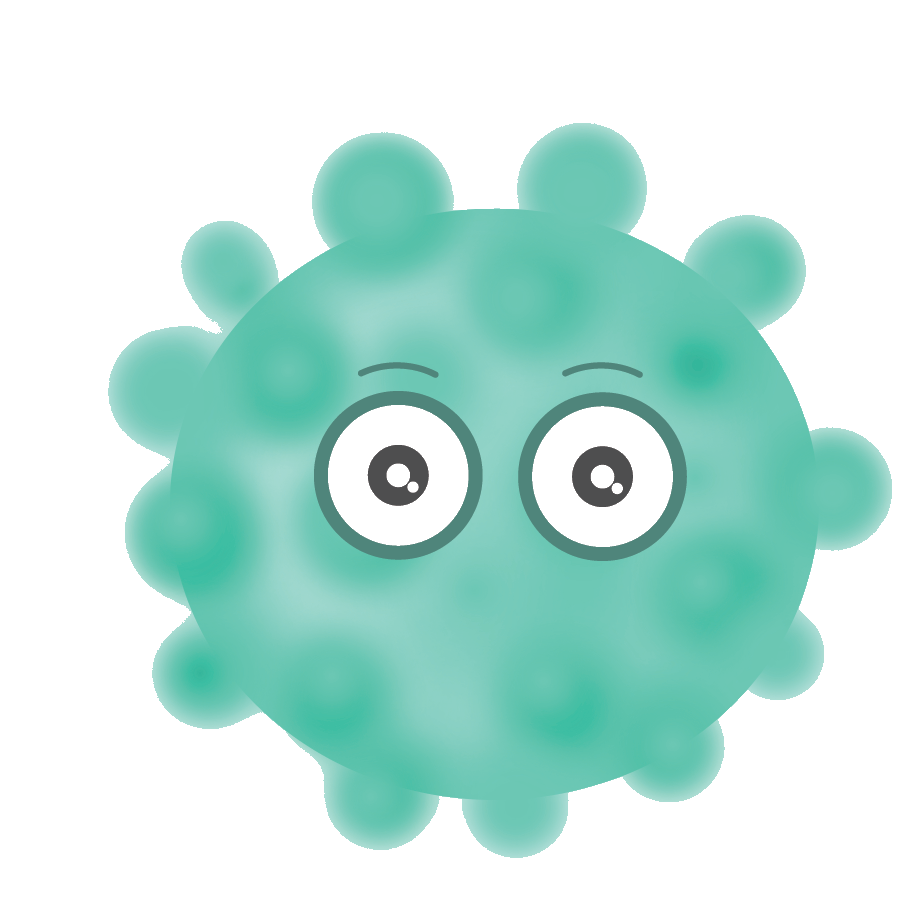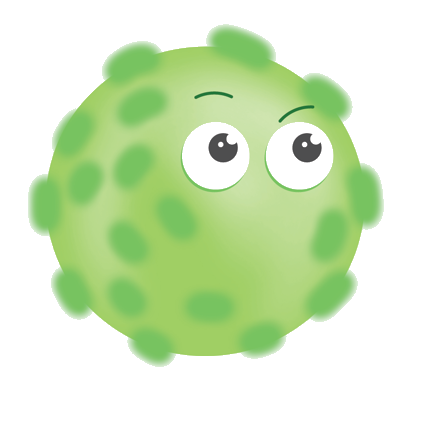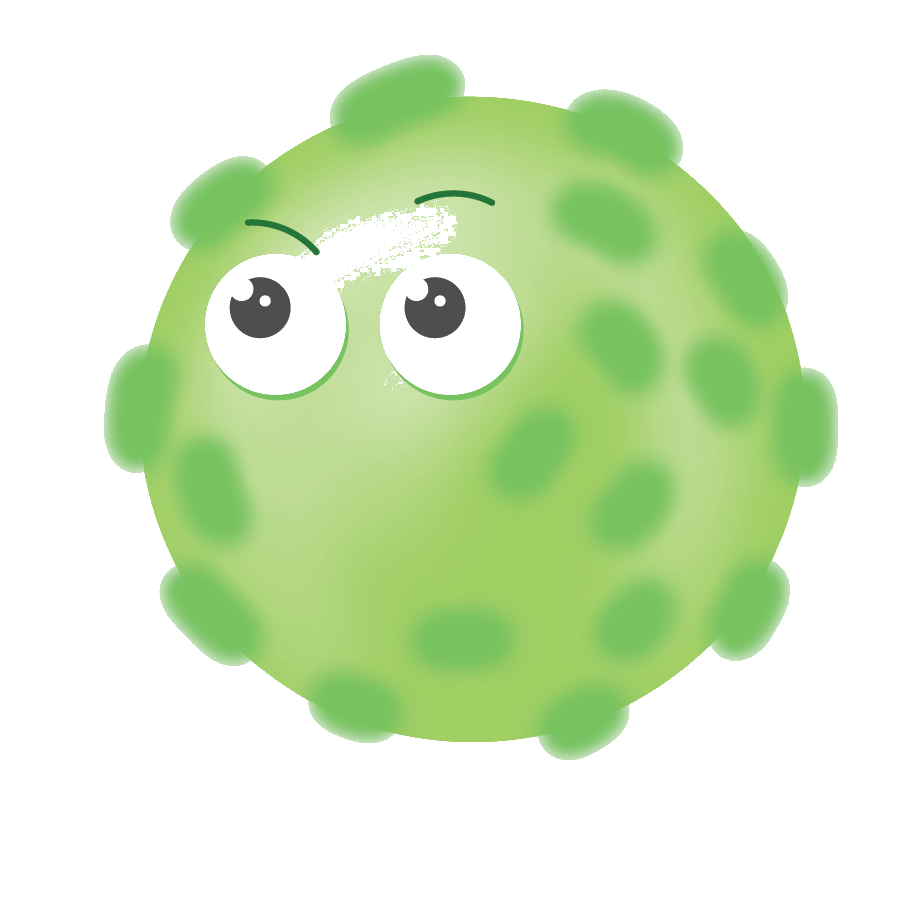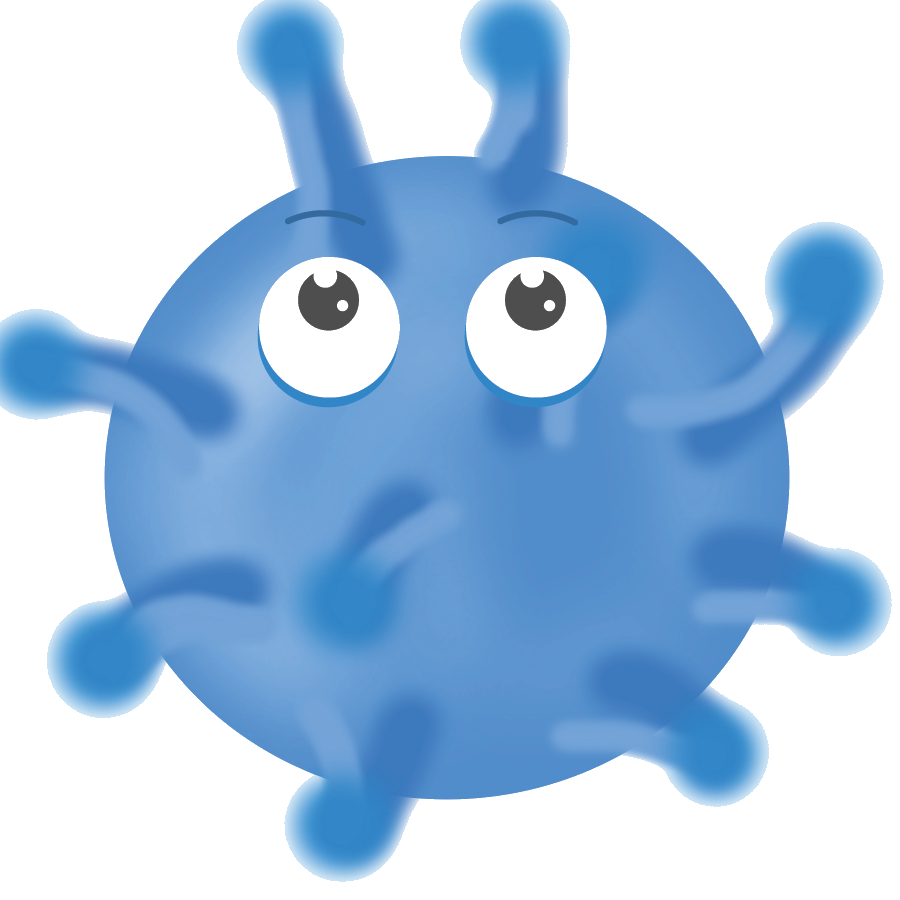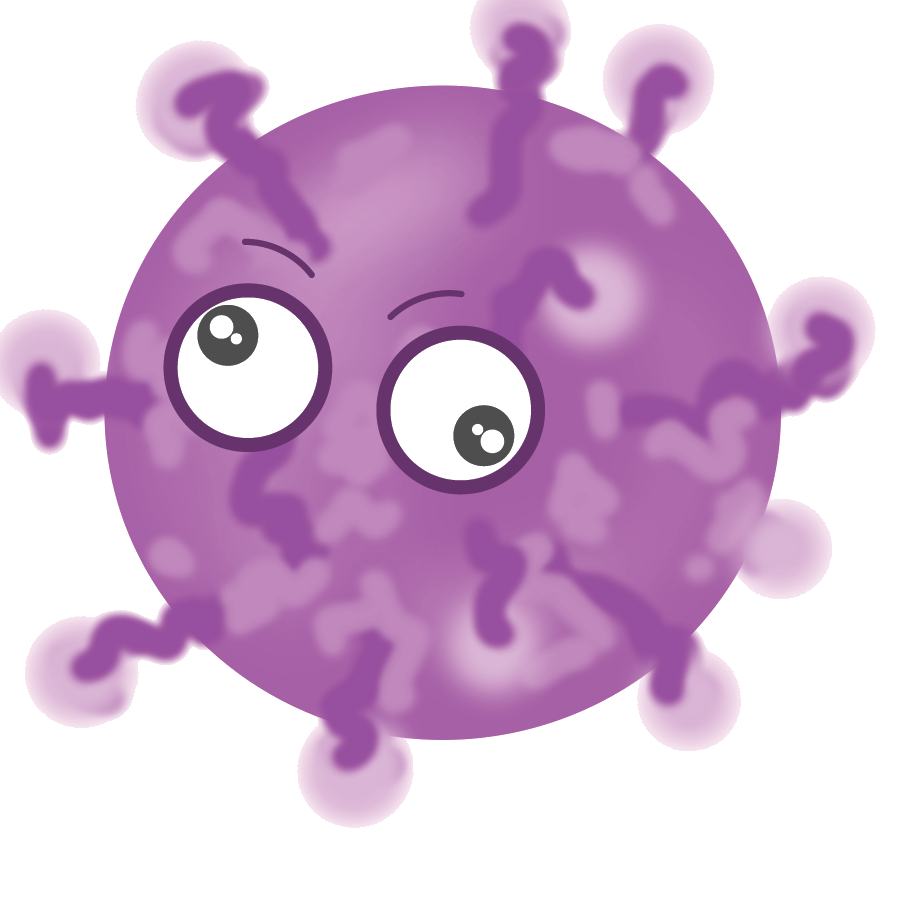Influenza (the flu) is an infection of the nose, throat, and lungs caused by influenza viruses. There are many different influenza viruses that are constantly changing. They cause illness, hospital stays and deaths in the United States each year. The flu can be very dangerous for children. Each year about 20,000 children younger than 5 years old are hospitalized from flu complications, like pneumonia.
Flu illness can vary from mild to severe. While the flu can be serious even in people who are otherwise healthy, it can be especially dangerous for young children and children of any age who have certain long term health conditions, including asthma (even mild or controlled), neurological and neurodevelopmental conditions, chronic lung disease, heart disease, blood disorders, endocrine disorders (such as diabetes), kidney, liver, and metabolic disorders, and weakened immune systems due to disease or medication. Children with these conditions and children who are receiving long-term aspirin therapy can have more severe illness from the flu.
Most experts believe that flu viruses spread mainly by droplets made when people with the flu cough, sneeze or talk. These droplets can land in the mouths or noses of people who are nearby. Less often, a person might get the flu by touching something that has flu virus on it and then touching their own mouth, eyes or nose.
Symptoms of the flu can include fever, cough, sore throat, runny or stuffy nose, body aches, headache, chills, fatigue and sometimes vomiting and diarrhea. Some people with the flu will not have a fever.
People with the flu may be able to infect others by shedding virus from 1 day before getting sick to 5 to 7 days after. However, children and people with weakened immune systems can shed virus for longer, and might be still contagious past 5 to 7 days of being sick, especially if they still have symptoms.
No. Your child should stay home to rest and to avoid giving the flu to other children or caregivers.
Keep your child home from school, day care or camp for at least 24 hours after their fever is gone. (Fever should be gone without the use of a fever-reducing medicine.) A fever is defined as 100°F (37.8°C) or higher.
To protect against the flu, the first and most important thing you can do is to get a flu vaccine for yourself and your child.
- Vaccination is recommended for everyone 6 months
and older.
- It’s especially important that young children and children with long term health conditions get vaccinated. (See list of conditions under “How Serious is the Flu?”)
- Caregivers of children with health conditions or of children younger than 6 months old should get vaccinated. (Babies younger than 6 months are too young to be vaccinated themselves.)
- Another way to protect babies is to vaccinate pregnant women because research shows that this gives some protection to the baby both while the woman is pregnant and for a few months after the baby is born.
A new flu vaccine is made each year to protect against the three flu viruses that research indicates are most likely to cause illness during the next flu season. Flu vaccines are made using strict safety and production measures. Over the years, millions of flu vaccines have been given in the United States with a very good safety record.
Washing hands with soap and water (for as long as it takes to sing the “Happy Birthday” song twice) will help protect against many germs. If soap and water are not available, use an alcohol-based hand rub
In addition to getting vaccinated, take – and encourage your child to take everyday steps that can help prevent the spread of germs.
This includes:
- Cover coughs and sneezes with a tissue. Throw the tissue in the trash after you use it.
- Stay away from people who are sick.
- Wash hands often with soap and water. If soap and water are not available, use an alcohol-based hand rub.
- Avoid touching your eyes, nose and mouth. Germs spread this way.
- If someone in the household is sick, try to keep the sick person in a separate room from others in the household, if possible.
- Keep surfaces like bedside tables, surfaces in the bathroom, kitchen counters and toys for children clean by wiping them down with a household disinfectant according to directions on the product label.
- Throw tissues and other disposable items used by sick persons in your household in the trash.
These everyday steps are a good way to reduce your chances of getting all sorts of illnesses, but a yearly flu vaccine is always the best way to specifically prevent the flu.
Talk to your doctor early if you are worried about your child’s illness.
If your child is 5 years and older and does not have other health problems and gets flu-like symptoms, including a fever and/or cough, consult your doctor as needed and make sure your child gets plenty of rest and drinks enough fluids.
If your child is younger than 5 years (and especially younger than 2 years) or of any age with a long term health condition (like asthma, a neurological
condition, or diabetes, for example) and develops flu-like symptoms, they are at risk for serious complications from the flu. Ask a doctor if your child should be examined.
Even children who have always been healthy before or had the flu before can get very sick from the flu.
Call for emergency care or take your child to a doctor right away if your child of any age has any of the warning or emergency signs below:
- Fast breathing or trouble breathing
- Bluish or gray skin color
- Not drinking enough fluids
(not going to the bathroom or making
as much urine as they normally do)
- Severe or persistent vomiting
- Not waking up or not interacting
- Being so irritable that the child
does not want to be held
- Flu-like symptoms improve but then
return with fever and worse cough
- Has other conditions (like heart or lung disease,
diabetes,or asthma) and develops flu symptoms,
including a fever and/or cough.
Antiviral drugs can treat flu illness. They can make people feel better and get better sooner and may prevent serious flu complications, like pneumonia, for example, that can lead to hospitalization and even death. These drugs are different from antibiotics, but they also need to be prescribed by a doctor. They work best when started during the first 2 days of illness. It’s very important that antiviral drugs be used early to treat the flu in people who are very sick (for example people who are in the hospital) or people who are at greater risk of having serious flu complications. Other people with flu illness may also benefit from taking antiviral drugs. These drugs can be given to children andpregnant women.
